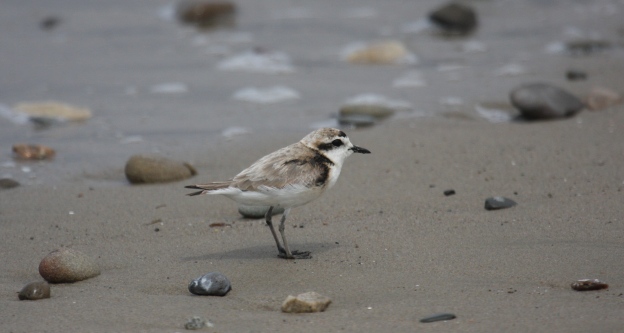The following post is one of a series previewing the research that will be presented at the SETAC North America 42nd Annual Meeting (), 14–18 November 2021.
A guest post by Cynthia C. Muñoz and Peter Vermeiren, Radboud University, The Netherlands
Knowledge regarding the internal distribution and subsequent maternal transfer of organic pollutants—such as (PCBs), once used in electical equipment and plastics; (OCPs), and (PBDEs), which make materials nonflammable—within organisms is of critical importance to scientists who interpret tissue-specific biomonitoring results and refine risk assessments. Although the manufacture and/or use of most of these chemicals were banned decades ago, they persist in the environment and accumulate in wildlife. This is particularly true for long-lived organisms, such as sea turtles, where pollution burdens build up over time and affect health later in life. Moreover, organic pollutants can accumulate over many years before being transferred from the mother to its offspring, where they can interfere with critical development processes. For example, maternal transfer of organic pollutants into yolk, through the placental barrier, or during lactation has been linked to decreased survival rates and impaired embryo and juvenile development in several long-lived vertebrate species. Yet knowledge on the internal and maternal distribution of organic pollutants remains limited for many such species, due to ethical, economic, and logistical restrictions on sampling them, as many are threatened or endangered. Additionally, a diverse chemical universe of legacy, new, and emerging organic pollutants is present in the environment, of which the behavior within the environment and upon contact with long-lived species is largely unknown. In short, the challenge of refining risk assessments specific to the characteristics of long-lived species, such as sea turtles, is complex, without an easy solution.
Continue reading




